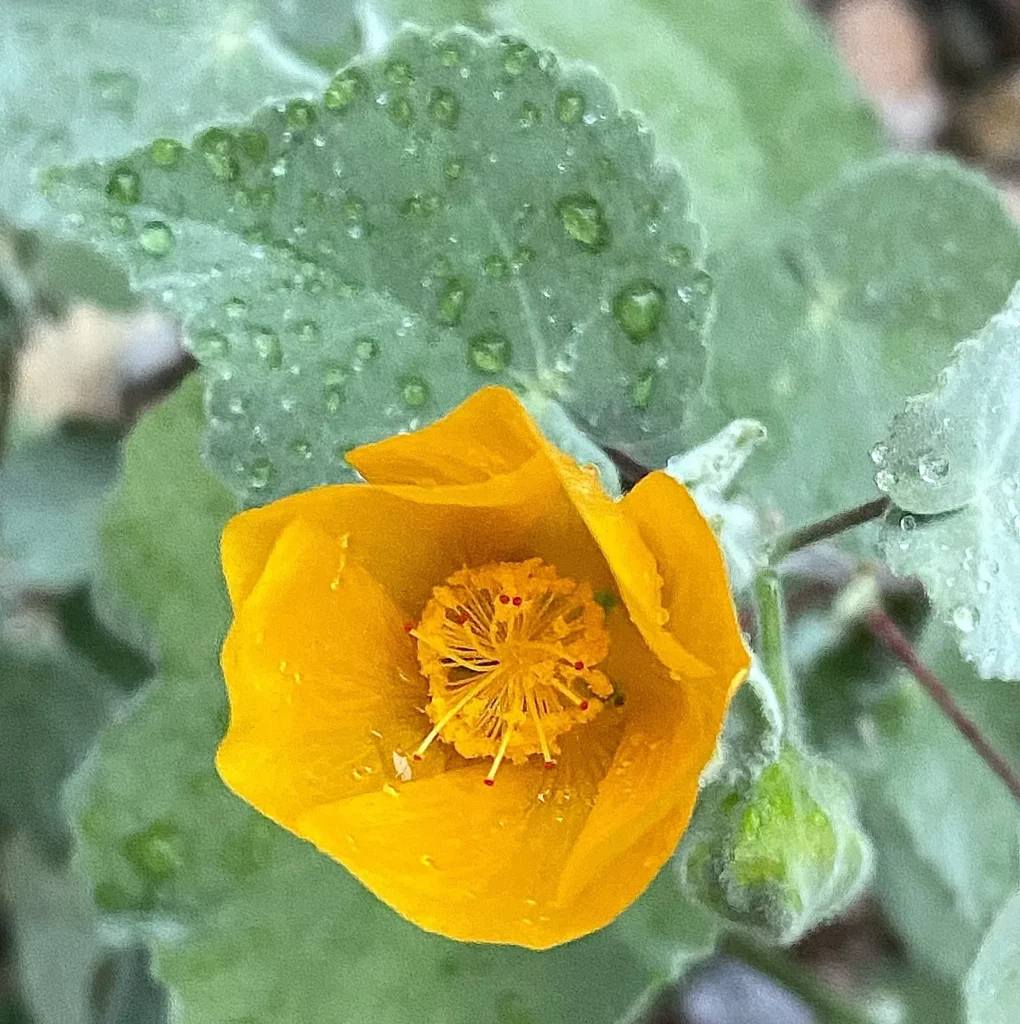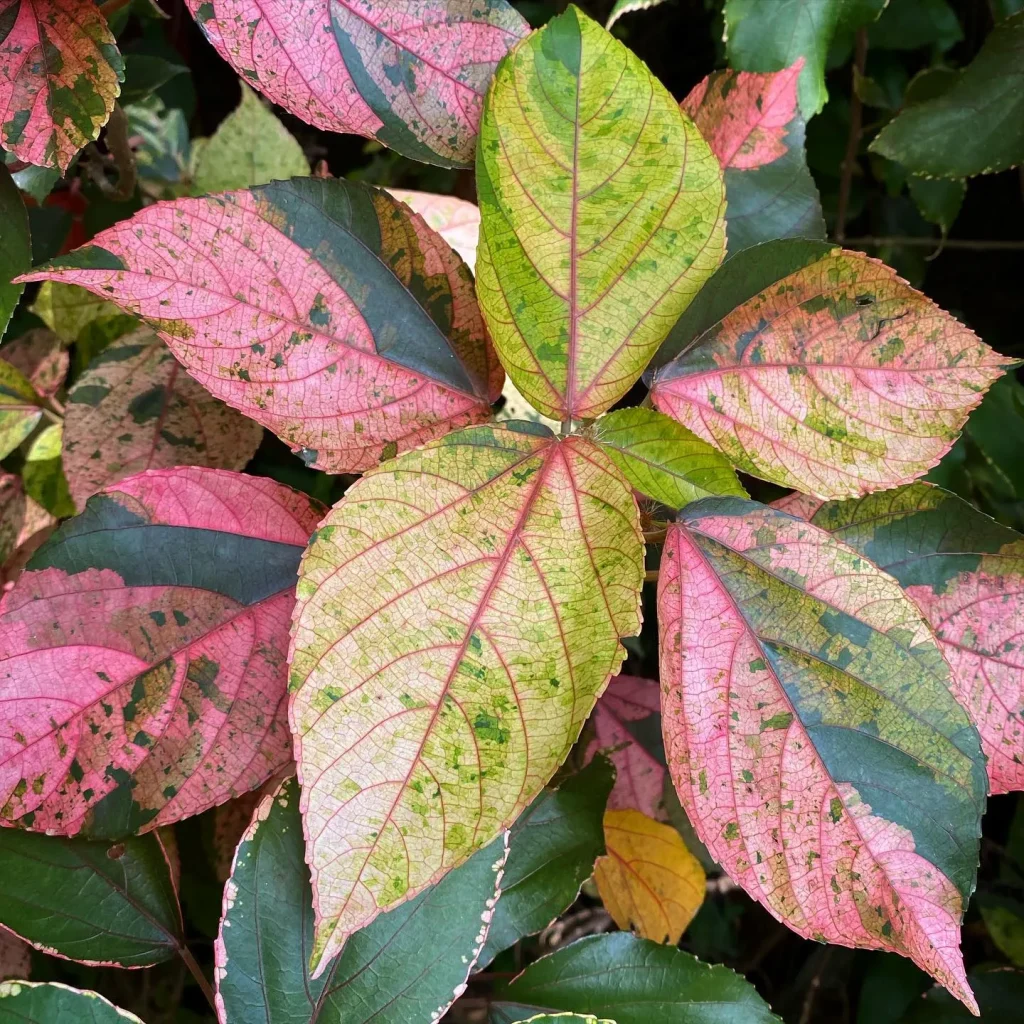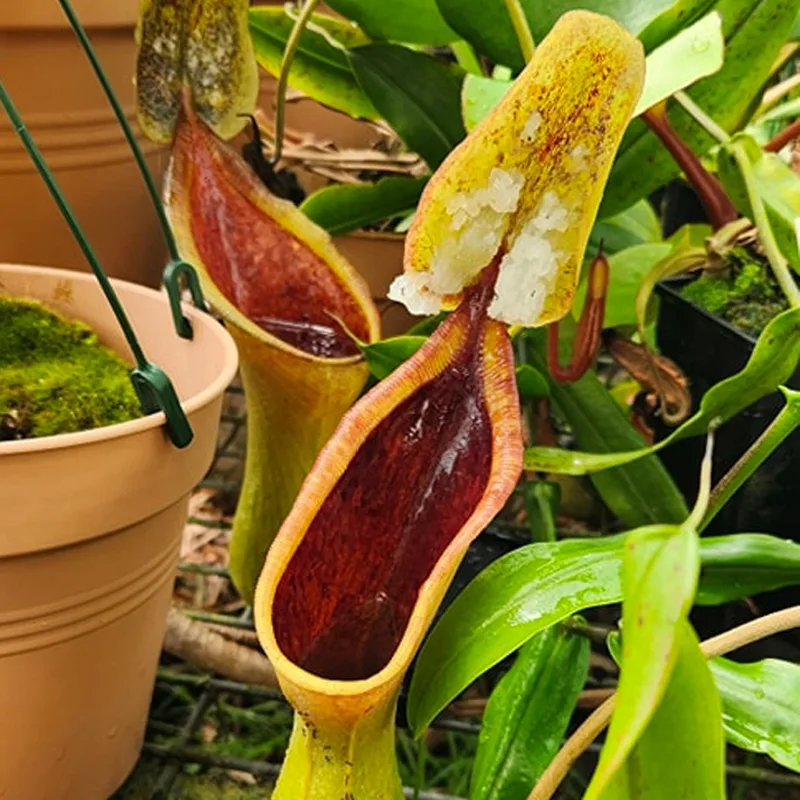Fraxinus Quadrangulata: A Gardener’s Guide
Hi there, Ferb Vu here. As a botanist with a passion for unique trees, I get a lot of questions about the fascinating Fraxinus quadrangulata, commonly known as the Blue Ash. This North American native is a true standout, and today, I’m here to answer your burning questions about this magnificent species.
63 Species in Genus Fraxinus – Ash Tree
What is Fraxinus Quadrangulata?
Fraxinus quadrangulata is a deciduous tree belonging to the Oleaceae family, sharing kinship with olives and lilacs. It’s native to the eastern United States, thriving in rich, moist soils along riverbanks and bottomlands. This ash tree is prized for its stunning blue-green foliage, fast growth rate, and overall majestic presence.
How Does the Blue Ash Differ from Other Ash Trees?
There are several ash (Fraxinus) species in North America, but the Blue Ash has some distinct characteristics.
- Foliage: The most striking difference lies in the leaves. While other ashes boast green or yellow-green foliage, the Blue Ash displays a vibrant blue-green hue, especially in spring and early summer. This unique color comes from a waxy coating on the leaves, which reflects blue wavelengths of light.
- Bark: Young Blue Ash trees have smooth, grayish-brown bark that develops distinctive fissures and ridges as it matures. This gives the trunk a more textured and rugged appearance compared to other ashes.
- Growth Habit: The Blue Ash is a fast grower, reaching upwards of 60-80 feet in height with a broad, rounded crown. This rapid growth habit sets it apart from some slower-growing ash species.
What are the Benefits of Planting a Blue Ash?
There are several compelling reasons to consider planting a Blue Ash in your landscape:
- Ornamental Value: The undeniable star of the show is the breathtaking blue foliage. This tree creates a stunning focal point and adds a unique color dimension to your garden design.
- Fast-Growing Shade: If you need shade quickly, the Blue Ash is a great option. Its rapid growth rate provides cooling shade in a relatively short time frame.
- Wildlife Habitat: The Blue Ash provides food and shelter for a variety of birds and insects. Its leaves are browsed by deer in some areas, so be mindful of your local wildlife populations.
Are There Any Drawbacks to Planting a Blue Ash?
While beautiful, the Blue Ash does have some potential downsides to consider:
- Size: This is a large tree that matures at 60-80 feet tall. Ensure you have ample space to accommodate its mature size before planting.
- Mess: Blue Ash sheds leaves prolifically in fall, creating a significant amount of leaf litter. Be prepared for regular raking in the autumn months.
- Emerald Ash Borer: Like other ash trees, the Blue Ash is susceptible to the invasive Emerald Ash Borer beetle. Regular monitoring and preventative measures are crucial to protect your tree from this destructive pest.
How Do I Care for a Blue Ash Tree?
Caring for a Blue Ash is relatively straightforward:
- Planting: Choose a well-drained, sunny location with plenty of room for growth. Young trees benefit from regular watering, especially during hot, dry periods.
- Pruning: Prune young trees to establish a strong central leader and desired branch structure. Mature trees may require occasional pruning to remove dead or diseased branches and maintain shape.
- Monitoring for Pests: Be vigilant for signs of Emerald Ash Borer infestation, which includes thinning foliage, D-shaped exit holes on the bark, and suckers sprouting from the base of the tree. Consult a certified arborist for treatment options if needed.
Can I Plant a Blue Ash in My Climate?
The Blue Ash thrives in USDA hardiness zones 4-8, which encompasses a large portion of the eastern and central United States. It tolerates a wide range of temperatures but prefers moist, well-drained soils. If you’re unsure about your climate suitability, consult a local nursery or extension office.
Final Thoughts on the Fraxinus Quadrangulata
With its captivating blue foliage and impressive growth rate, the Fraxinus quadrangulata is a showstopper for any landscape. However, its large size and susceptibility to pests require careful consideration before planting. If you have the space and are willing to provide proper care, the Blue Ash can be a magnificent addition to your garden, offering beauty, shade, and wildlife habitat for years to come.
If i die, water my plants!



